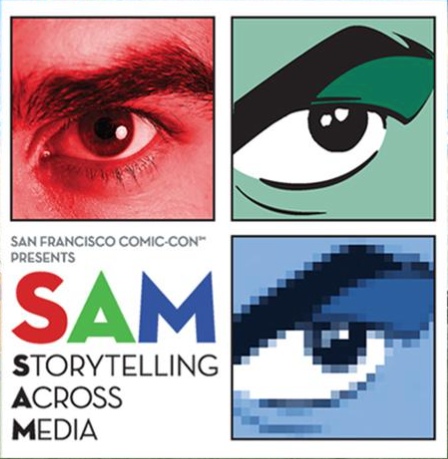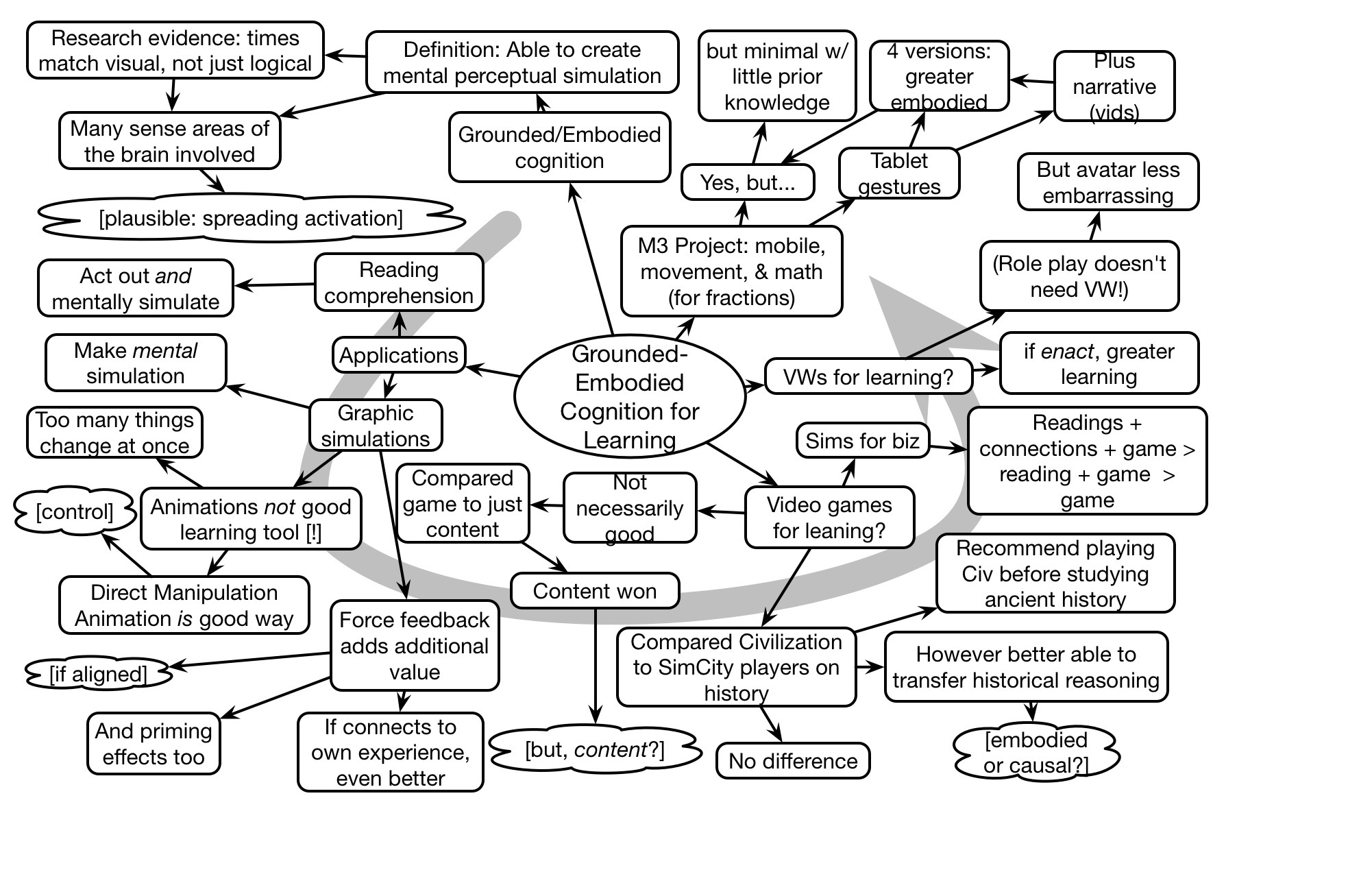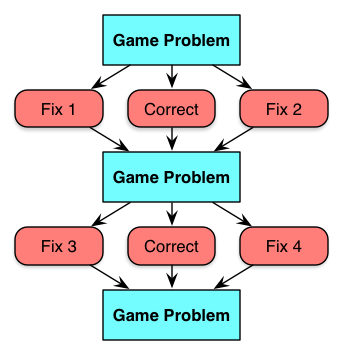A few posts ago, I wrote about how we might be rushing too fast into cognitive computing. Not that there’s anything wrong with augmenting us, but I was wondering if we’d be better off focusing on developing our non-cognitive systems first. And, of course, it occurred to me after a conversation that there might be another example of this ‘tech fix before smart fix’ problem: adaptive learning over good design. Is this a tech solution to the wrong problem?
So, I’m a fan of adaptive learning. Heck, I led a team that developed an adaptive learning system back circa 2000 (ahead of the times, as always ;). And I know that there are good things we can do with adaptive learning. Some are still relatively impractical (e.g. intelligent tutoring systems), some make sense (e.g. adapting on learner performance), and, of course, some are pretty silly (e.g. learning styles). Still, done well, adaptive learning could and should be a benefit. (And serious games are adaptive!)
But I would posit that before you charge off for adaptive learning, you make sure you’re doing good learning design first. Adaptation on top of good learning design is likely to add some extra benefits, but adaptation on old learning design just doesn’t make sense. And, I’ll suggest, good learning design is cheaper, and likely to have a bigger impact.
So, for instance, adapting a large knowledge-based course will still leave it as a problematic solution in search of a problem. Creating a better course focusing on critical skills with meaningful practice is going to have a bigger impact on the bottom line than adapting the course for learner progress. It’s not a bad thing, but it’s a secondary concern, I reckon.
Games are a special case of adapting on the basis of learner performance. When well done, they’re the next best thing to live practice. Yet, at core, they too need good design.
There are a lot of adaptive solutions emerging, with a strong push to optimize your outcomes. Some of them have a pretty good basis, too. But your goal is to achieve business impact, and what will hit that first, and best, is starting with good design. Adaptive isn’t a panacea, it’s a fillip to design, not a replacement. Master the rules of good design, then come back and add in those extra elements, whether adaptivity and/or game mechanics. Please?




